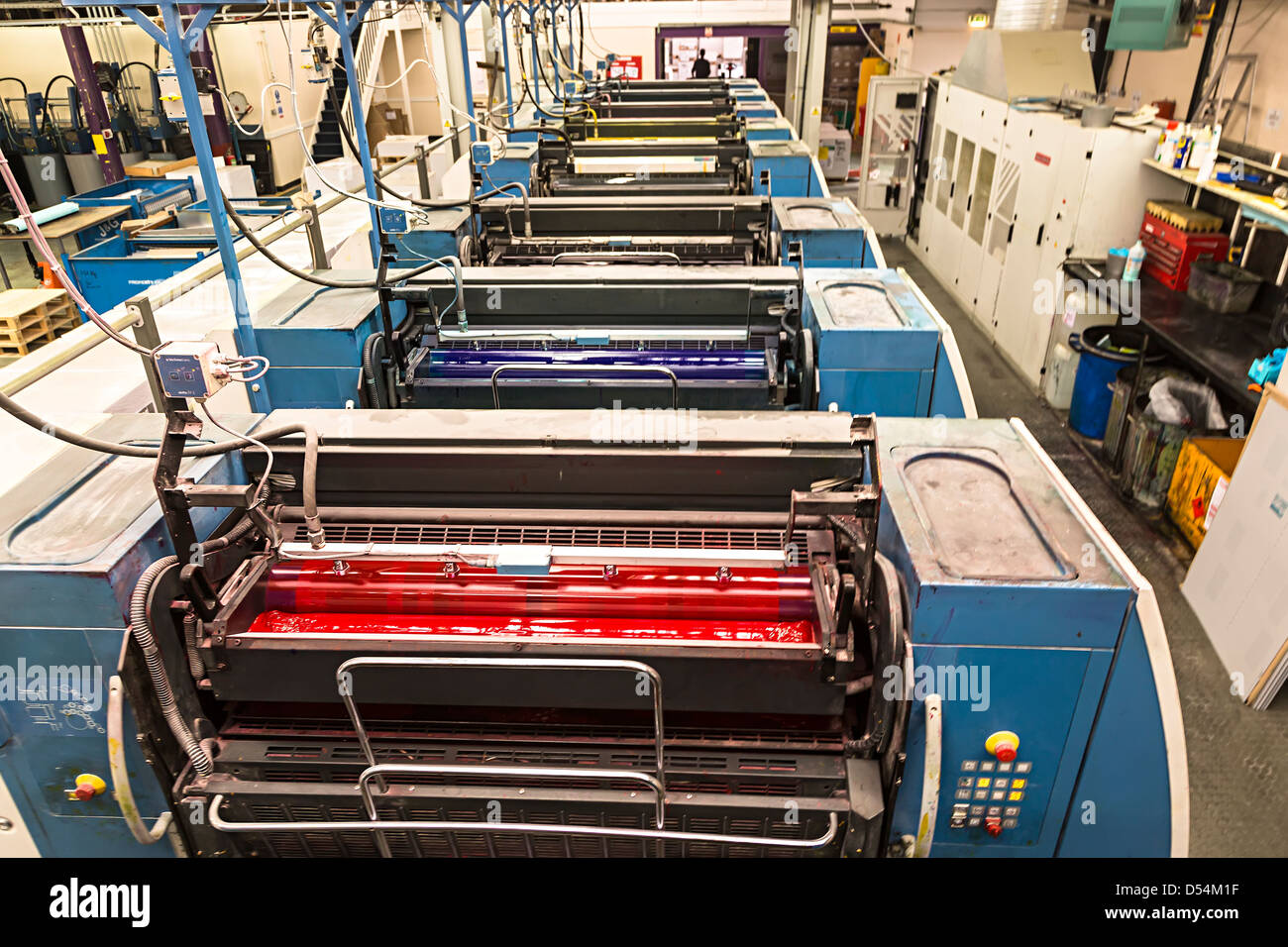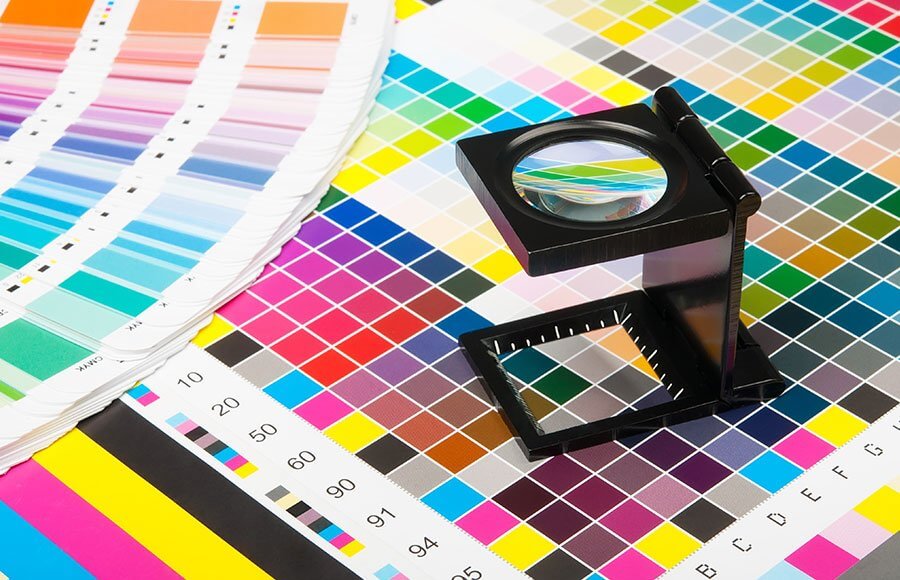A Comprehensive Guide to Recognizing Litho Printing Techniques
The world of litho printing, a method originating from the late 18th century, is a fascinating mix of history, art, development and science. This comprehensive guide will unravel the intricacies of this printing technique, from the structure of litho inks to the challenges dealt with in contemporary applications. As we venture right into the details of lithography, the relevance of automation and sustainability in ensuring its future importance becomes progressively clear. Remain with us as we journey right into the fascinating realm of litho printing.
The Historical Evolution of Litho Printing
The historical trajectory of litho printing, a crucial development in the realm of communication, is a fascinating story of human ingenuity. Birthed in the late 18th century by Alois Senefelder, this strategy was initially an affordable approach of publishing theatrical works. Lithography, acquired from the Greek words for 'stone' and 'to write', utilized a smooth stone surface area to transfer pictures onto paper. The procedure progressed with the development of the rotating press, which greatly raised productivity (litho printing). In the 20th century, the development of offset lithography reinvented the industry, enabling mass manufacturing of top quality prints. Each phase of litho printing's development showcases humanity's relentless search of effectiveness and quality in aesthetic communication.
Translating the Scientific Research Behind Litho Printing Inks
Progressing in the expedition of litho printing techniques, the focus currently changes to the science behind litho printing inks. The composition of these inks, their drying out process, and color mixing techniques develop the foundation of this complicated art form. Comprehending these aspects is essential to mastering the craft and attaining the preferred print outcomes.
Make-up of Litho Inks
In lithographic printing, the basic function of litho inks can not be overemphasized. The composition of litho inks varies depending upon its purpose, however normally, they include 2 major parts - pigments and lorries. Pigments, the color-providing aspects, are carefully ground fragments put on hold in the car, a liquid that lugs the pigment onto the printing surface. The car is a complicated mix of solvents, resins, and oils, which influence the ink's drying out time, adhesion, and gloss. Furthermore, various additives exist to enhance specific buildings like flow, drying out, and resistance to ecological results. Each part plays a vital part in the last print's quality, making the exact formulation of litho inks a detailed science.
Ink Drying Refine
From the composition of litho inks, interest turns to the fascinating process of ink drying out. Two main techniques are used in litho printing: oxidative drying out and absorption. Absorption, on the other hand, involves the ink leaking right into the paper fibers, which is a faster procedure yet can lead to much less vivid shades.
Shade Mixing Methods
While the drying out process plays a vital role in litho printing, the scientific research of shade mixing techniques holds equivalent value. This is a complicated process that includes the mindful blending of primaries: cyan, magenta, and yellow, in varying proportions to achieve a wide variety of colors. The addition of black ink, referred to as 'vital', assists in regulating the strength and deepness of the colors. The science behind litho printing inks also takes right into account the transparency of the ink, which impacts exactly how shades overlay and mix. To attain an effective shade mix, print specialists should additionally comprehend the details of ink habits, shade theory, and the physical buildings of the substrate on which the ink is applied.
The Art and Design Elements in Litho Printing
Litho printing breathes life right into art and layout through its special aspects. The procedure includes developing a picture on a lithographic sedimentary rock plate or steel plate with a smooth surface. The photo is after that published onto a tool, normally paper, by transferring the ink from the plate. What sets litho printing apart is its capability to reproduce complex layouts with high integrity, making the output nearly the same to the original art work. This is attained via using various line techniques such as stippling, cross-hatching, and hatching, which permit a variety of tonal results. Additionally, litho printing suits a variety of colors, making it possible for musicians to my response produce lively and vibrant prints. This mix of precision and versatility makes litho printing a recommended selection for several artists Continue and designers.
Modern Applications of Litho Printing Methods
Litho printing methods have discovered extensive usage in the modern-day business market. Its impact and significance proceed to grow with the introduction of new developments and modern technologies in the area. This area will check out these modern applications and the transformative duty they play in the printing industry.
Commercial Litho Printing Utilizes
Litho printing remains a critical component of the business field. High-volume printing tasks, such as the manufacturing of books, newspapers, and packaging, depend on litho printing for its capability to supply exceptional picture high quality and expense performance. Litho printing additionally provides a wide shade range, superior to that of electronic printing.
Technologies in Litho Printing
Pressing the borders of typical methods, modern-day innovations have actually sustained a host of advancements in litho printing. These developments have not just improved the quality and performance of litho prints yet likewise broadened its application scope. One famous advancement is digital litho printing, which combines the merits of digital technology with litho's premium output. This crossbreed design uses faster setup times, decreased waste, and allows on-demand printing. One more notable advancement is the introduction of ecologically pleasant inks. These inks, made from vegetable or soy-based solutions, have considerably reduced the sector's ecological impact. litho printing. Furthermore, the development of advanced plate innovation has structured the printing procedure, leading to sharper photos and boosted shade integrity. These technologies highlight the long-lasting significance of litho printing in the modern-day globe.
Discovering the Refine of Litho Printing: Action by Step

Difficulties and Solutions in Contemporary Litho Printing

In spite of the accuracy and tradition that litho printing happily supports, it is not without its set of contemporary difficulties. One of the most prevalent problems consist of the high first configuration price, difficulty in printing variable data, and ecological problems due to chemical usage. Options are arising as technology progresses. Digital litho printing permits for cost-effective brief runs and easy personalization, addressing the issue of variable information. Environmentally-friendly inks and safer plate-making processes reduce environmental problems. Additionally, advancements in automation have decreased labor expenses, additionally democratizing the lithography process. Thus, while there are challenges, the litho printing industry is proactively adapting to fulfill them head-on, ensuring its significance in the future.
Final thought
In verdict, litho printing, with its abundant history and clinical ins and outs, holds a significant place in the print industry. The future of litho printing pivots on its capability to adjust to these changing demands, verifying its enduring value in an evolving market.
